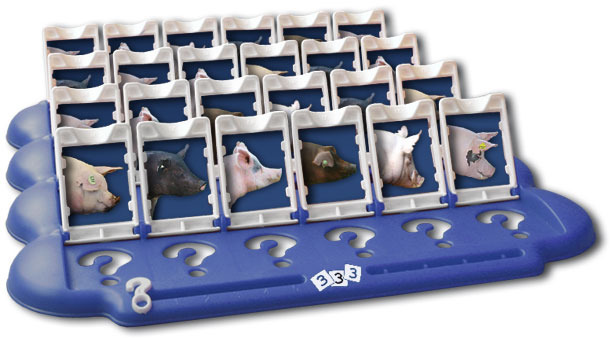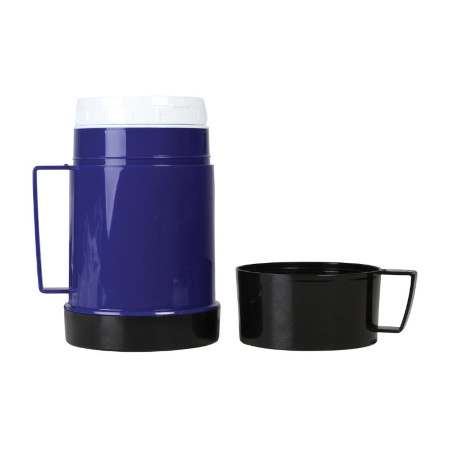Animal production has incorporated the molecular technologies that have been developed for humans, and the paternity tests have been used with an increasing frequency in pig production. Up to now, the most used technique is based on microsatellites molecular markers, and the most frequent technique used for the determination of their polymorphism is the analysis of fragments. These markers are repetitions of between 2 and 6 base pairs, and although they do not transcribe any protein, they vary with respect to the number of repetitions between different individuals, and they have, at both sides, constant sequences in all the individuals of a same species. These flanking sequences are used for designing the primers of a PCR, and later, with a sequencer, we 'count' the number of repetitions in an individual for each specific microsatellite.
Each animal receives a certain number of repetitions from its dam and another one from its sire. By combining a certain number of microsatellites we will obtain a profile that will allow us to differentiate animals or assign them the paternity or maternity when compared with other animals.

But, what would we want to use this kind of test for? One of the main reasons is that in order to ensure a good fertility, the AI normally uses polyspermic doses (they mix semen from different boars). So, it is practically impossible to know the sire of each piglet, and it is very difficult to know if a boar is introducing an alteration (whether morphologic or pathologic) in a population. This has increased since the development of certain reproduction techniques, and has reduced the number of boars in the boar studs. So, each boar has an influence on a higher number of sows, and therefore, on a higher number of piglets. Luckily, each animal's DNA is unique and this allows us to determine, by means of molecular techniques, which boar is the sire of each piglet.

Some of the practical uses we have given to these tests are:
- Assuring the geneaology: this is made, especially, in genetic companies, in order to be sure of knowing who is who when assessing the genetic merit. Many companies have all their animals typed, and in this way it is impossible to make mistakes in the genealogical trees.
- Identification of certain boars as inductors of morphological alterations: many boars have been tested as possible introducers of the susceptibility towards the appearance of inguinal and scrotal hernias. In fact, this has been the main reason for which we have been asked for the typing of animals in the last 3 years, because on some farms the decrease in the number of boars has caused an increase of up to 7-10% of hernias in piglets, with the corresponding economic losses that this entails.
- Determination of the influence of the boars on certain pathologies: in this sense we have tested boars as inductors of the susceptibility to certain enteric pathologies and even to new syndromes as, for instance, the periweaning failure to thrive syndrome (PFTS), in which we have seen several cases in which a sire produces a high percentage of the piglets that become ill. The prevalence of the disease decreases markedly when these boars are culled from the production structure. There are already great international projects that try to determine the individual susceptibility against certain relevant diseases, such as PRRS.
- Coat alterations: we have sometimes tested the offspring of Large White boars that had spots similar to those of a Pietrain pig, or Iberian pigs that produced grey piglets. There were no variations in terms of production in any of the two cases, but a client that purchases a purebred Large White boar and mates it with purebred Large White sows expects the offspring not to have dark spots on the skin, so this is unacceptable from a commercial point of view.
We must explain that many of these alterations are clearly polygenic, and that the dams have a great influence on them, but it is easier and cheaper to test the boars than all the sows. Due to this, when we determine that a certain boar is having a negative influence on a certain population, it is recommendable not to use that boar with the sows of that population, although it could be that it produced no kind of negative effects when used with a different group of sows.
We must also say that molecular markers are making progress at an incredible speed, and we are near the possibility of being able to use, in an applied way, markers with a higher resolving capacity than that of microsatellites, although they still have to become cheaper to be used with this aim.





